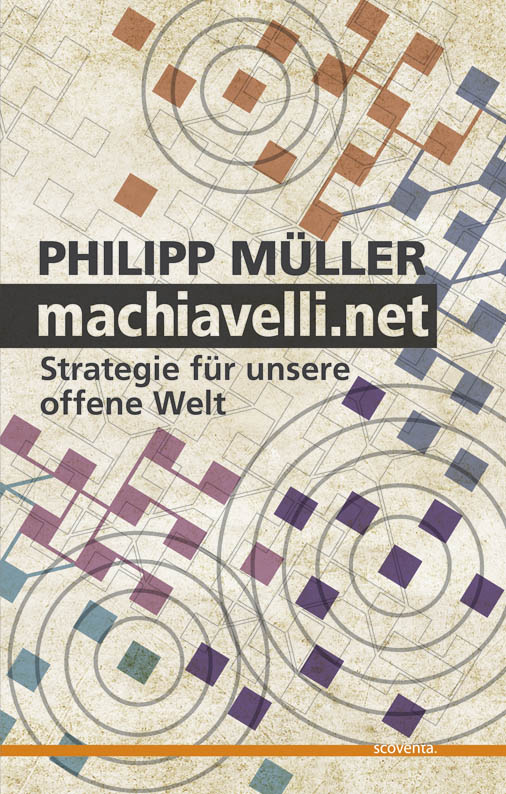Learning from the European Analogy?
On Thursday, we (Mary Hilderbrand, Gerald Knaus, and me) are bringing together a group of academics and policy makers from the European Union, Mexico, and the US for a first workshop at the Harvard Kennedy School. We will be exploring the idea that the challenges and opportunities Mexico and the US are facing structurally comparable to the challenges and opportunities that Southern and Eastern European countries and the European Union are facing, so that at least some of the practices that have shown tremendous success in Europe can be transferred to the Mexican-US situation. We call this “learning from the European analogy.”
US-Mexican relations have become gridlocked on many fronts. Immigration from Mexico to the US is a difficult political and policy issue that has been resistant to solution. Trafficking in drugs and weapons is not seriously addressed at a regional level. Both the US and Mexican policy elites have taken a defensive posture in the discourse rather than thinking in terms of integration, even as economic integration is moving forward.
By taking a step back and using a comparative approach, we want to develop a new approach towards North American integration. We assume that there are interesting lessons to be learned from the European integration process. Looking back at the last twenty years, we can observe a surprising success in the formerly divided European continent.
- Several countries with lower GDPs than Mexico in 1990 have achieved integration into the European Union.
- Open borders have been extended to include countries marked in the recent past by high levels of corruption, crime, and violence. Balkan states formerly at war now have murder rates comparable to that of Sweden.
- With access to production capacities and human resources in the East, the European Union has become one of the world’s most competitive economic spheres.
Although there are remaining problems and issues to be confronted, transformation has been swift and the results are generally positive. The changes have been accomplished by offering attractive incentives—specifically, visa-facilitation, clear roadmaps, and membership—as well as through defining a clear European body of law (the EU acquis), using it strategically, offering advice, and ensuring compliance through clearly specified mechanisms.
Perhaps most significantly for potential relevance to North America, the EU has been able to export its ideas of security to a much poorer half of the European continent, allowing it to handle threats facing EU citizens better. The integration of South East Europe has been approached through the framework of visa road maps, starting with the exchange of visa facilitation schemes and progressing to visa-free travel in return for meeting demanding road-map conditions. Whereas the prospect of EU accession is not available in any other context, the visa road-map framework holds promise to inspire debates in other contexts, including the relations between the US and its southern neighbors, especially Mexico.
Security, Visa Road Maps, and Borders in the EU
There have been three major, even revolutionary, changes in European border regimes in the past two decades. These represent transformation in both thinking and practice with regard to borders and international cooperation to secure them.
- removing the EU’s internal borders (Schengen)
- extending the Schengen acquis and institution building to countries with initially weak institutions in Central and South East Europe (Schengen enlargement)
- defining reforms of security institutions, border regimes and policing in countries on the Eastern border of the EU in return for visa-free travel (visa road maps)
They have all been very much security oriented—precisely because they have involved revolutionary changes. The Dutch and Germans, for example, have accepted that “their” external borders are protected first by each other, then by Poles, and soon by Romanians. In effect, the Dutch external border has moved to the Hungarian-Romanian border and is going to move to the Romanian-Moldovan border in spring 2011. Therefore, making sure that security risks are minimized has been crucial to the acceptance of each successive step.
This has been an effort shaped by interior ministries, to such an extent that it has often been criticized as “fortress Europe”. Yet that has been central to its credibility and success. There have been no leaps of faith, no romantic notions that borders do not matter. EU citizens care intensely about issues of illegal migration, transnational organized crime and insecurity. These changes have, therefore, involved defining and enforcing very clear targets.
The changes have not occurred overnight. Based on institution building and the creation of new networks of cooperation and trust, this has been a generational project that began in the mid 1980s and is ongoing. It has been incremental and experimental in implementation. And the project of a continent- wide reform of border management and security cooperation is still expanding: there are now serious debates on visa road-maps for Ukraine, Moldova, Turkey, Kosovo, and even the South Caucasus. In the last year the visa issue has also moved to the center of the Russia-EU dialogue.
Relevance for US and Mexico
US-Mexican relations have not developed along the same lines nor at the same pace as the integration of Central and Eastern European countries into the European Union. Trade barriers were lowered or removed through NAFTA, but strong opposition continues in both countries; some parts of the agreement have not been fully implemented; and deeper economic integration has been limited. The labor markets of the two countries are highly interdependent, and illegal immigration into the US is a major and increasingly difficult political and economic challenge, but progress on immigration policy reform has been stymied. Whereas the economies of Central and Eastern European countries have developed rapidly, Mexico’s economic growth has been slow. Tensions between the original European Union countries and their neighbors have been reduced; tensions between Mexico and the US over migration and security issues are growing.
We believe that exploring the analogy of the successful European experience, and in particular the visa road map framework, can make a contribution to developing new ways of thinking about the North American relationships. The immediate objections, beyond the barriers of domestic politics, will surely be that Mexico is too poor, too corrupt, and too racked by violence and insecurity to think of integrative responses rather than defensive ones. The brief review above suggests, however, that the situation in North America and the barriers to be overcome are perhaps less different from the recent EU experience than is generally recognized.
Therefore, serious comparative analysis that looks at the political, economic, institutional contexts; the regional relationships; the nature of the challenges; and policy and political options is needed, to explore whether there are elements of the EU experience that might be adopted and adapted within the North American context. A new integration project along such lines would need serious political capital, but without research that builds the basis for new approaches, there is little hope for change. Therefore, our challenge is twofold:
On the research side, we need…
- to learn more about the similarities and dissimilarities of the respective integration processes. Does the analogy hold? What are its limitations?
- To codify the successful algorithms of integration in Europe and translate them into the North American context.
while on the policy dimension, we need…
- to develop a sensitivity for the analogy in the discourse.
- to lobby for policy interventions that are designed along the lines of the European approach.
That is a fairly big research and policy program, where we need to think in decades, not years. Join us!!! Next workshops are coming up.
 Author of machiavelli.net, proud father of three, interested in shaping network society. Welcome to my blog.
Author of machiavelli.net, proud father of three, interested in shaping network society. Welcome to my blog.